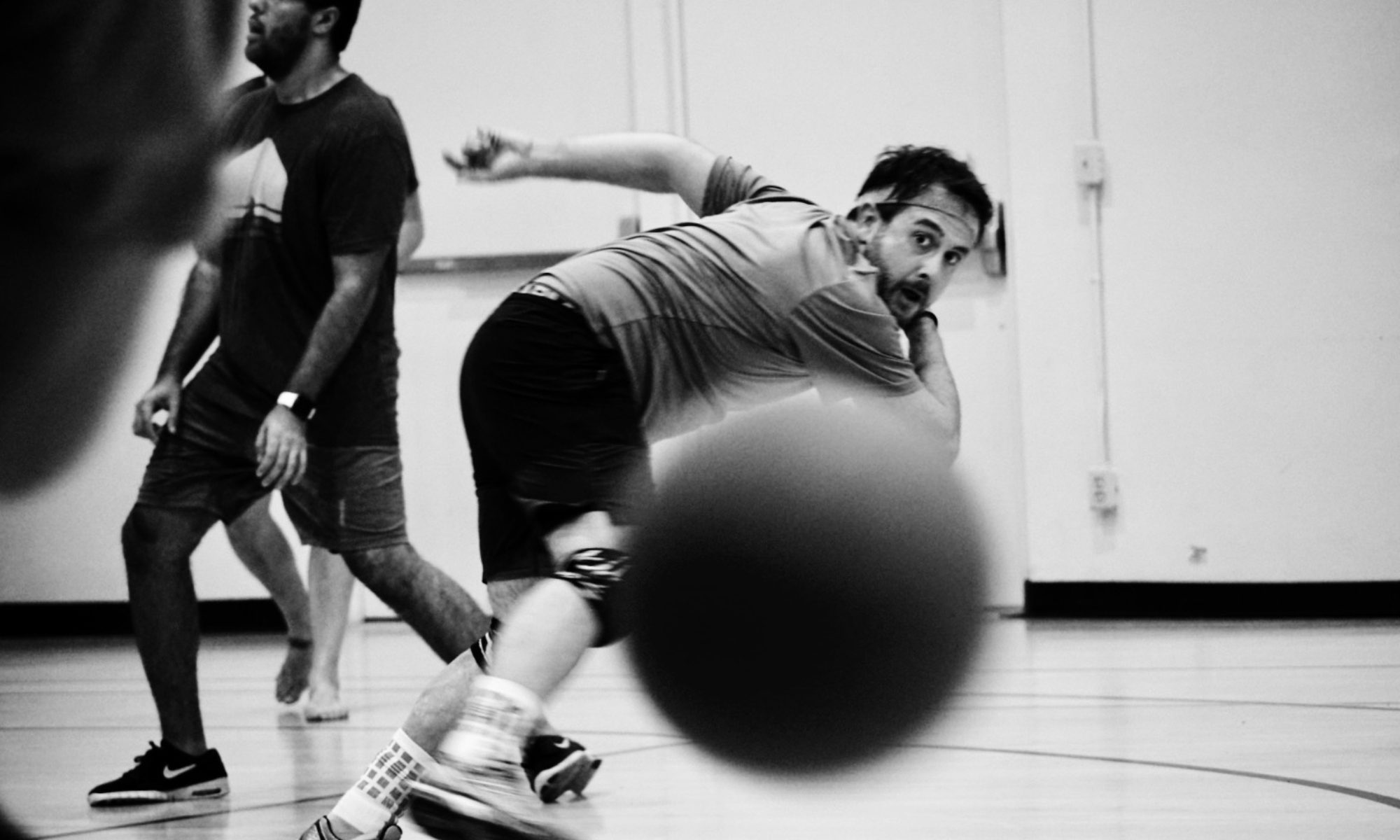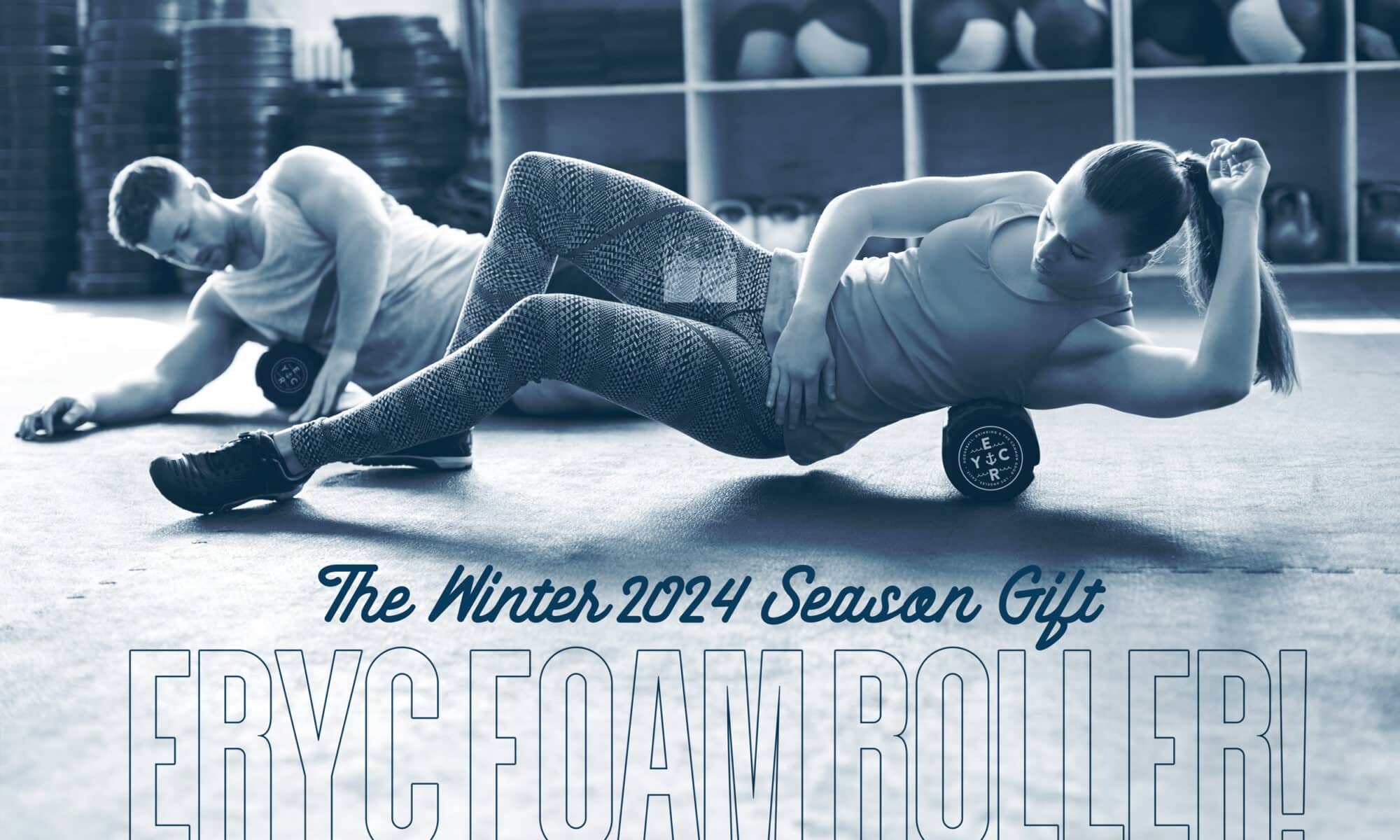Exciting news for our Eagle Rock Yacht Club crew – this season’s MVP isn’t a player, but a foam roller! This isn’t just any roller; it’s your personal recovery wizard, ready to soothe those dodgeball battles scars and get you back in the game faster. But before you leap into action, we’ve snagged an excellent guide from REI to make sure you’re rolling like a pro. Stretching before and after our games is key to maintaining peak performance and dodging unwanted injuries, but let’s keep it light with a few foam roller ‘pro tips’: While it’s a champion at muscle recovery, it sadly won’t help you float at the pool. And despite its resemblance to your favorite oversized snack, it’s not edible. Check out the full article here for all the rolling techniques you never knew you needed. Here’s to keeping the game fun, your body flexible, and your spirits high. Let’s embrace the roll – in all the right ways!
Foam rollers are a popular tool for helping athletes release muscle knots or trigger points. “Myofascial adhesions” is the physiological term for these inflexible areas that can be caused by muscle imbalance, overuse and injuries, among other things.
Many people develop a love/hate relationship with their foam roller. The process of rolling out knots can be quite uncomfortable, but working through the discomfort can help you increase your range of motion and decrease recovery time after a hard workout.
Before you start attacking knots with your foam roller, there are three important things to understand:
-
-
- When to use a foam roller
- Basics of using a foam roller
- Exercises to target specific areas
-
The density, texture, size and shape of foam rollers affect their use and what they are best for.
Video: Foam Roller Exercises
When to Use a Foam Roller
Before workouts: Rollers may help loosen up muscles, allowing more efficient movement during the workout.
After workouts: Rollers may help reduce muscle soreness and shorten recovery time.
How to Use a Foam Roller
Using a foam roller can be uncomfortable so it’s better to be too gentle, rather than too intense, when you’re starting out learning how to use a roller. You can adjust your intensity as you learn how your body responds. Generally, you’re looking for that “it hurts so good” level of discomfort. Pushing past discomfort into real pain won’t speed up results, but it will risk injury. You can actually bruise muscles by rolling too intensely.
Follow these steps to use your foam roller:
-
-
- Pinpoint the sore or tight area of your muscle.
- Control your body as you slowly lower the targeted area so it’s centered above the roller.
- Lower your body onto the foam roller until you reach a point of discomfort (but not pain) and hold it there.
- Hold for 20–30 seconds
- The pressure alone provides benefits, but you can also roll slowly back and forth to further stimulate the area.
- Continue to move slowly along the muscle with the roller, stopping and holding in the areas that need more focus.
-
As you’re using your foam roller, experiment with slight adjustments to your body position in order to find the most effective technique. Also, remember to breathe. Many people get so fixated on the sensation of massaging a painful knot that they forget to even take a breath.
8 Common Foam Roller Exercises
Foam roller exercises are designed to target specific muscle groups. Here we show you how to do eight common exercises using a cylindrical foam roller.
Calf Exercise
While sitting on the ground, extend one leg straight out in front of you and place the foam roller under that calf. Rest your other foot on the floor with the knee bent. Prop yourself up with your arms extended behind you down to the floor. Lift your butt off the floor slightly and begin rolling from your ankle to just below your knee. Roll slowly and when you reach a tender spot, pause and hold the roller for 20–30 seconds before moving on.
You can rotate your leg in and out to work the sides of your calf. Keep your ankle flexed to engage the calf muscle while rolling it. To increase the intensity, place your free foot on top of the shin that is on the roller. This forces your calf to press down harder onto the foam roller.
Repeat on the other leg.
Iliotibial (IT) Band Exercise
Lie down on your side with the roller underneath the side of your quad muscle. Place the foot of your other leg on the floor in front of the leg that’s on the roller. Support your upper body with the forearm that’s closest to the ground and the hand of your other arm. Roll back and forth along the outer thigh from above your knee to just below the boniest part of your hip, pausing as you go to hold the roller on specific spots for 20–30 seconds. You can lean your body slightly forward or back to adjust the angle of the pressure on your IT band.
Quadriceps Exercise
Lie face down with the roller placed under your thighs (you can either roll both quads at once or move one leg off to the side and work on one leg at a time.) Prop yourself up on your elbows and roll forward and back from above your knee to your hip.
Hamstring Exercise
Sit with the roller positioned under your thighs and your arms extended behind you down to the floor for support. Roll forward and back from above the knee to below your butt. You can roll both hamstrings at once or move one leg off to the side to work one hamstring at a time.
Adductor Exercise
Lie on your stomach and extend one leg out to the side with the knee bent. Place the foam roller near your groin on the side of the extended leg. Prop yourself up on your elbows and roll your inner thigh, from your groin to just above your knee.
Gluteus Maximus (Glutes) Exercise
To roll your right glute, sit on the foam roller with your knees bent and feet on the floor. Support your upper body with your arms extended down to the ground behind you. Now lift your right foot up and place it on your left knee, creating a position similar to a seated Figure 4 yoga pose. Tilt toward the right and roll forward and back. Repeat on the left side.
Upper Back Exercise
Lie down on the foam roller with it positioned just below your shoulder blades in the middle of your back and perpendicular to your spine. A foam roller that’s about 24–36 in. long is ideal for rolling your back as shorter rollers are not big enough to cover the entire width of your back.
Place your hands behind your neck to support your head but be careful not to pull on your neck. Bring your elbows in and toward your chest to protract your shoulder blades. Bend your knees, lift your butt off the ground and roll forward and back from your mid-back to a few inches below your neck. To extra care to avoid both your neck and lower back.
Latissimi Dorsi (Lats) Exercise
Lie down on one side with the foam roller underneath your armpit and perpendicular to your body. Extend your lower arm in line with your body. You can leave your upper arm and leg stacked on your body, or place them on the floor in front or behind you for support. Roll back and forth from your armpit down to your mid torso. Lean your body forward or backward to get deeper into the muscle. Repeat the exercise on the other side.


